Date: 18 April 2007
The event was held at Phipps Conservatory in Oakland, the country’s most energy-efficient conservatory, and included leaders from local organizations and corporations helping Pittsburgh to stake a claim as the country’s leading center of sustainable building and architecture.
As Pittsburgh ranks third among U.S. cities in both the number of buildings and total square feet of certified green building space, Mayor Ravenstahl said, “We have taken advantage of an opportunity to shape the future and promote sustainable and green development in the City of Pittsburgh. Advancing our green building will improve our economy and create new jobs, and is both the social and responsible choice. The green building agenda offers local economic development advantages by positioning and marketing Pittsburgh as the black and gold, and green, city.”
The city also is home to the first green-certified historic building, convention center, warehouse, banking facility and university residence hall. Nearly 100 green building projects are completed or under way in the area, including the new PNC Bank Tower (under construction), slated to be the tallest green-certified building in the world.
Among the companies recognized by Mayor Ravenstahl was PPG, which introduced Solarban 70XL glass for the architectural industry in 2005. “Local companies such as PPG have captured the green movement before it was the popular thing to do,” Mayor Ravenstahl said. “Today we look at Solarban 70XL low-e[missivity] glass that was developed, designed and manufactured here and is now being used throughout the world and especially here in Pittsburgh.”
Solarban 70XL glass, which debuted at U.S. Green Building Council’s International GreenBuild Conference, is the industry’s highest-performing solar control low-e glass. Despite its clear appearance, it transmits 64 percent of the sun’s natural light while blocking 73 percent of its solar energy in a standard insulating glass unit. The resulting light-to-solar gain (LSG) ratio of 2.37 represents a 29-percent performance enhancement over the previous state-of-the-art solar control low-e glass. Two years after its introduction, no other commercial architectural glass has approached this LSG ratio.
James Bogdan, PPG manager of green building initiatives, said, “This product has the first-ever commercially viable triple low-e coating. This is significant because the two greatest draws on electricity in commercial buildings are for the purposes of interior lighting and heating and cooling.”
As a result, Solarban 70XL glass, which comprises a large portion of the glass-enclosed Phipps Conservatory, has demonstrated the potential to generate significant energy savings in commercial buildings where glazing is a major architectural element.
According to the U.S. Department of Energy’s most sophisticated modeling software, substituting Solarban 70XL glass for the next-highest-performing solar control low-e glass on a typical glass-walled eight-story office building in Los Angeles can cut annual energy costs by 6.6 percent, or more than $40,000 per year based on 2006 energy rates.
Specifying Solarban 70XL glass over its nearest competitor also enables architects and building owners to reduce the cooling capacity and equipment requirements for buildings. According to the same study, the eight-story office building in Los Angeles would require nearly $120,000 less in initial HVAC equipment investment if using Solarban 70XL glass instead of the nearest competitive product, and potential savings are even more pronounced when Solarban 70XL glass is compared to other commonly specified solar control low-e and tinted low-e glasses.
Mark J. Orcutt, PPG vice president, performance glazings, said Solarban 70XL glass can play a significant role in the country’s ongoing efforts to reduce energy consumption and protect the environment. “We are pleased to contribute significant savings to bottom-line energy costs for building owners and to be part of the building industry’s ongoing nationwide effort to reduce energy consumption,” he said.
Solarban 70XL glass was recently named a “green product of the year” by Architectural Record, a building design industry publication, and last month Michael Rupert, one of the product’s main developers, received a Shades of Green Award given annually by the Green Building Alliance in Pittsburgh.
PPG also makes environmentally progressive paints and coatings for the construction and architectural industries, such as Pure Performance paint by Pittsburgh Paints, the industry’s first premium zero-VOC (volatile organic compound) interior latex paint. Additionally, PPG continues to develop and refine products that make wind turbines and solar cells more efficient; high-impact inks based on green chemistry; and coatings that improve indoor air quality, reflect heat and extend the useful life of homes and buildings.
For more than a century, PPG has pioneered products and technologies that reduce energy consumption, purify drinking water and increase the useful life of buildings, automobiles, aircraft and consumer products. As the largest flat glass manufacturer in North America, PPG supplies glass for commercial and residential construction, industrial and specialty uses, and automotive, aircraft and other transportation applications.

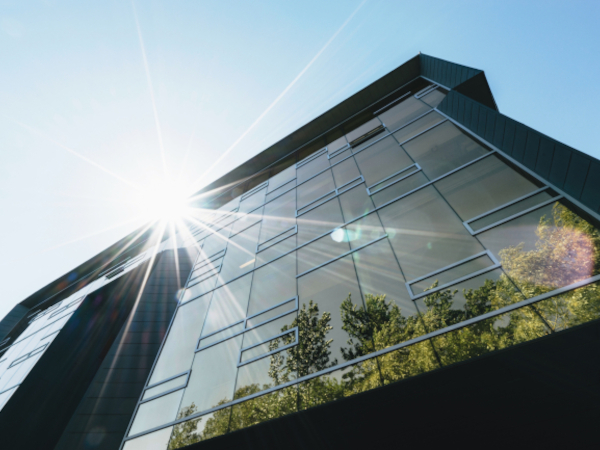
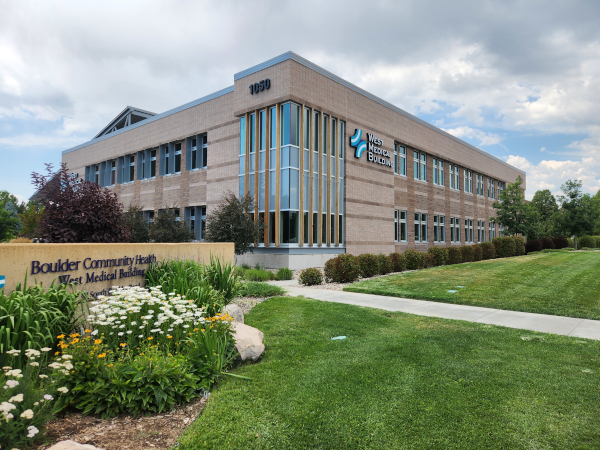
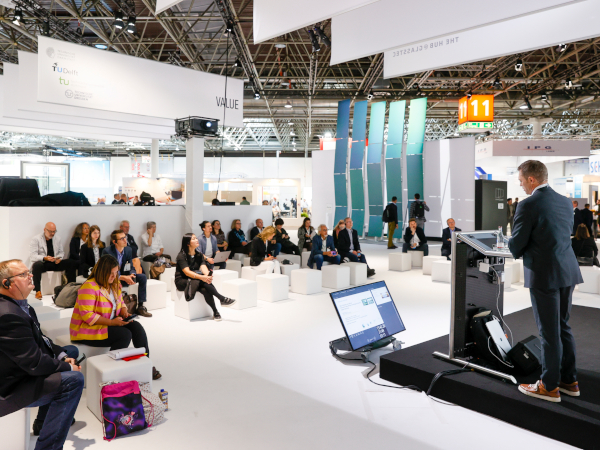
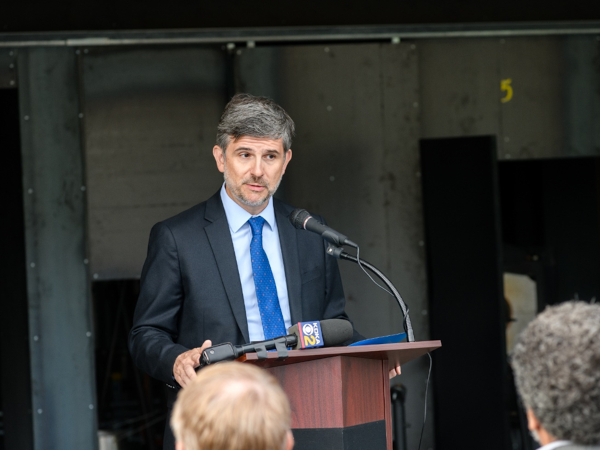
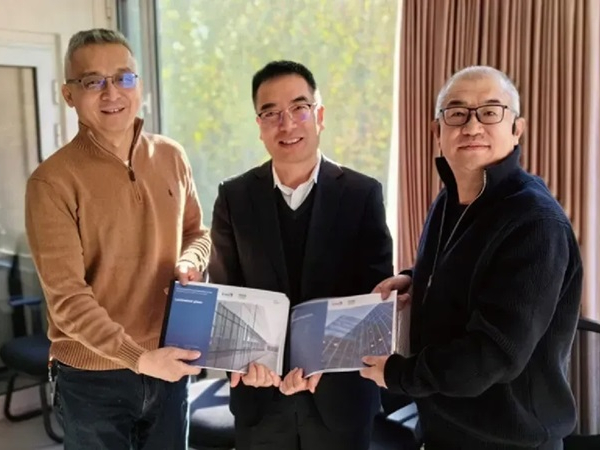

Add new comment